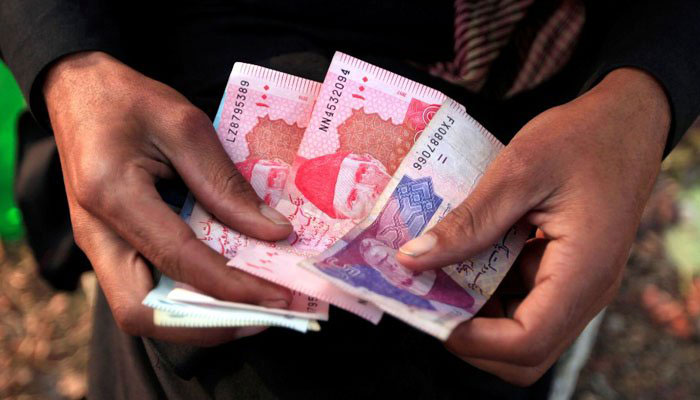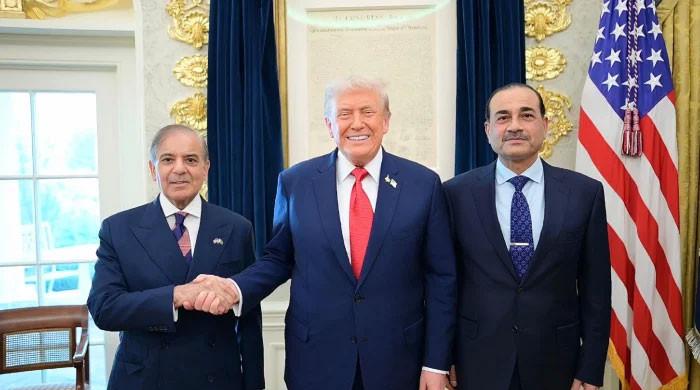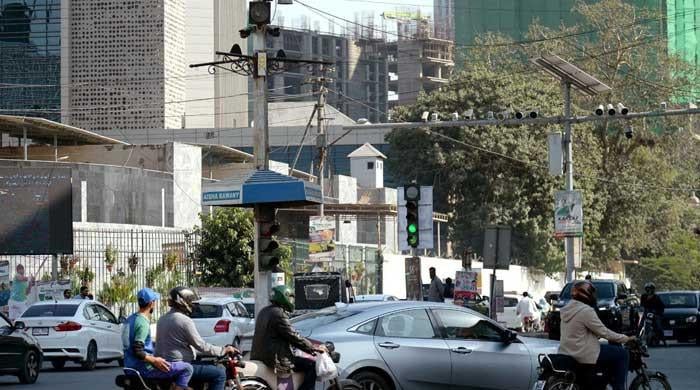The opportunity cost
In one year, the fiscal deficit spiked 1.33 trillion to reach 8.9 per cent of GDP from 6.6 per cent
September 07, 2019

Overshooting the projections, the last financial year (FY19) concluded with a Rs3.44 trillion fiscal deficit, which in terms of the GDP is one of the highest ever at 8.9 per cent. The massive deficit needs to be seen in conjunction with other macroeconomic indicators to have a panoramic view of the economy.
When the PTI assumed power in August 2018, it was confronted with a strategic choice: whether to continue with the economic policies of the preceding PML-N government (2013-18) or upend them and chalk out its own direction. The PML-N’s economic management was under-girded by expansionary fiscal and monetary policies and intrusive intervention in the foreign exchange market. The outcome of these policies was a mixed bag. Economic growth accelerated from 4.1 per cent in FY15 to 5.8 per cent in FY18, inflation remained subdued, and the domestic currency exhibited stability. However, in the last six months of the PML-N, the rupee began to shed its value and the dollar exchange rate, which was 104.9 at the end of FY17, deteriorated to 121.5 at the close of FY18.
On the flip side, trade and current account deficit scaled up from $22.16 billion (6.4 per cent of GDP) and $3.12 billion (one per cent of GDP) respectively in FY15 to $37.58 billion (11.9 per cent of GDP) and $19.89 billion (6.3 per cent of GDP) respectively in FY18. An overvalued rupee, which made exports expensive and imports cheaper, took the flak for the massive trade deficit. The growing external deficit was financed by foreign credit. As a result, external debt, which was $65.17 billion (24.2 per cent of GDP) at the end of FY15, increased to $95.23 billion (33.4 percent of GDP) at the close of FY18.
Fiscal deficit went up from Rs1.45 trillion (5.3 per cent of GDP) in FY15 to Rs2.26 trillion (6.6 per cent of GDP), which was financed mainly through domestic borrowing. As a result, domestic debt, which was Rs12.65 trillion in FY15 increased to Rs17.48 trillion at the close of FY18. Total debt and liabilities hiked from Rs19.84 trillion or 72.3 per cent of the GDP at the end of FY15 to Rs29.97 trillion or 86.3 per cent of the GDP at the close of FY18.
For reasons that were in part economic and in part political, the PTI government adopted contractionary – or stabilisation in IMF lexicon – policies as well as allowed the exchange rate to float. The discount rate, the rate at which the central bank gives loans to commercial banks and which in turn sets the stage for the market interest rates, was jacked up periodically from 7.50 per cent in July 2018 to 13.25 per cent in July 2019.
A combination of ambitious and foppish measures was announced to tighten the government’s purse strings with a view to slashing the fiscal deficit. The rupee was allowed to lose its value viz-a-viz the American dollar and other hard currencies to correct the external imbalances. After much dilly-dallying, a $6 billion credit agreement was signed with the IMF but the aforementioned stabilisation measures were afoot from the word go.
The results of the contractionary policies, which as a rule put the brakes on growth, have not been on the whole encouraging. Economic growth sputtered from 5.8 per cent (revised downward to 5.5 per cent) in FY18 to 3.3 per cent in FY19. The growth of the commodity-producing sector (agriculture plus manufacturing), which being labour intensive is the prime source of employment, decelerated to 1.1 per cent – including 2.1 per cent negative growth of large-scale manufacturing – from 4.4 per cent. Average consumer price inflation in FY19 rose to 7 per cent from 3.9 per cent a year earlier. The falling growth-rising prices combination has set the stage for stagflation, as the current financial year is projected to close with 2.4 per cent GDP expansion and 13 per cent inflation rate.
A floating exchange rate worsened the rupee-dollar parity from 121.54 at the close of FY18 to 163 at the end of FY19, which together with the growth contraction drove up the general price level. Trade and current deficits were brought down significantly to $31.82 billion and $13.59 billion respectively by nearly $6 billion each on the back of an equivalent depression in imports. In the first month of the current financial year, the current account deficit sat at $589 million compared with $2.1 billion for July 2018.
Import demand is a function of domestic growth. Growth recession puts the damper on import demand. Exports, which are underpinned by domestic productivity, have remained stagnant, which belies the claim that the weak export performance was underpinned by an overvalued exchange rate. External debt went up more than $10 billion in one year to reach $106.3 billion. External debt-to-GDP ratio ratcheted up from 33.4 per cent to 45 per cent.
Fiscal deficit remains the government’s Achilles’ heel. In one year, the deficit spiked 1.33 trillion to reach 8.9 per cent of GDP from 6.6 per cent. Total revenue came down from Rs5.22 trillion to 4.90 trillion, while total expenditure increased from Rs7.48 trillion to Rs8.34 trillion. Although development spending was slashed from Rs1.58 trillion to Rs1.17 trillion, current expenditure jumped from Rs5.85 trillion to Rs7.10 trillion. Due to interest rate hike and devaluation, debt servicing, the largest item on the list of current expenditure, leapt from Rs1.49 trillion to Rs2.09 trillion. Thus the spike in mark-up payments – an obligation that the government owes to domestic residents as well as foreigners – accounted for nearly 70 per cent of the hike in the current expenditure, which invites attention to the narrow fiscal space available to the government.
Tax revenue dropped from 13 per cent to 11.6 per cent of GDP. Although revenue from indirect taxes rose from Rs2.30 trillion to Rs3.32 trillion, which fueled inflation, the contribution from direct taxes went down from Rs1.53 trillion to Rs1.14 trillion. An up-and-running tax machinery is important for swelling the size of the public kitty. But when an economy sinks into recession and incomes drop, even a most efficient tax department will be hard pressed to meet revenue targets.
As a result, in one year (June 2018-June 2019), domestic debt soared from Rs17.2 trillion to Rs22.1 trillion. The total debt and liabilities (TDLs), which were Rs29.97 trillion (86.3 per cent of GDP) at the end of FY18 rose to Rs40.21 trillion in one year. For the first time, the TDLs surpassed the size of the GDP to reach 104 per cent. Thus for all the growth contraction and austerity measures, the nation today is more indebted in both absolute and relative terms than it ever was.
In addition to the contractionary policies, two other measures have defined the PTI government’s economic management, viz the crusade against corruption, and the attempts to document the economy. Both steps raised the hackles of businesses. Opinion is divided on whether graft is Pakistan’s number one problem. But the penchant for rooting out corruption has buffeted business confidence and cast a shadow over the economic activity. Having realized this, the ruling party has decided to have the flagship accountability law amended.
Documentation of the economy, whose first step is mandatory registration of every business entity, is essential for jacking up tax revenue. The retail sector, for instance, accounts for nearly 20 per cent of the economy but contributes less than one per cent to the taxes. Thus the logic for bringing the hitherto excluded sectors to the tax net is strong enough. But in the short-run at least, such measures put the skids under economic growth. The effect becomes larger when the economy is already going downhill. At any rate, if accomplished, the documentation of the economy will go down as a singular achievement of the PTI, as the cuts in power outages was that of the PML-N.
Although by and large the present government’s economic performance over past one year has been well below the mark, it needs to be given time to put the economic house in order. Though painful, the restructuring of the economy is in the end fruitful.
The writer is an Islamabad-based columnist.
Email: [email protected]
Twitter: @hussainhzaidi









